Figures & data
Figure 1. Disease index of Cotton Verticillium wilt in different fields. * indicated that there was significant difference between different groups at the level of P < .05. The bar chart showed the mean ± standard deviation.
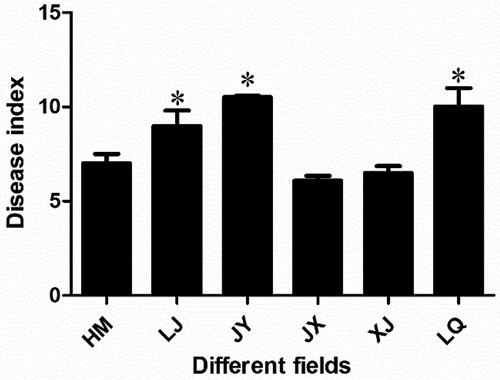
Figure 2. The number of OTUs in six fields(P < .05). CK represents the soil sample before cotton planting, and Rhizosphere represent the rhizosphere soil samples of diseased plants with Verticillium wilt.
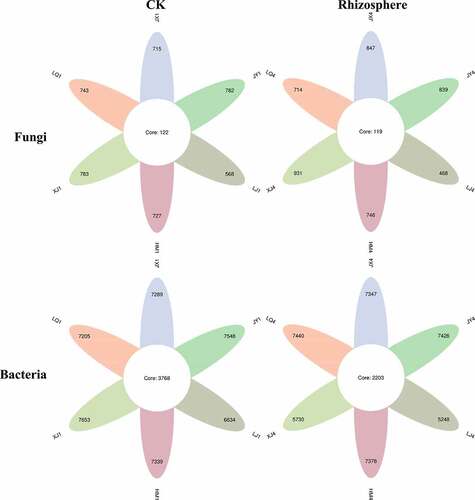
Table 1. The fungal diversity in different fields and different periods.
Table 2. The bacterial diversity in different fields and different periods.
Figure 3. PCoA analysis of bacterial and fungal communities in the six fields. ITS and 16S amplicon sequences were used to profile bacterial and fungal communities, respectively. CK represents the soil sample before cotton planting, and Rhizosphere represent the rhizosphere soil samples of diseased plants with Verticillium wilt.
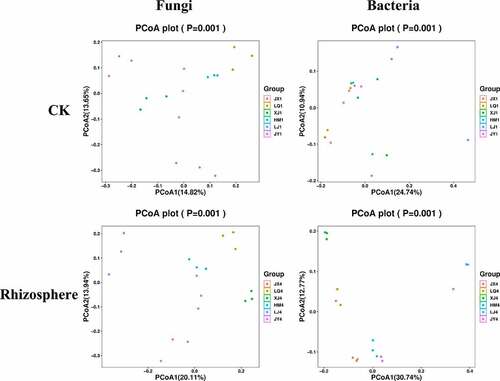
Table 3. Composition of fungi in soil before cotton planting at the genus level.
Table 4. Composition of fungi in rhizosphere of diseased plants at the genus level.
Figure 4. Composition of fungi in soil of different fields at genus level. CK represents the soil sample before cotton planting, and Rhizosphere represent the rhizosphere soil samples of diseased plants with Verticillium wilt.
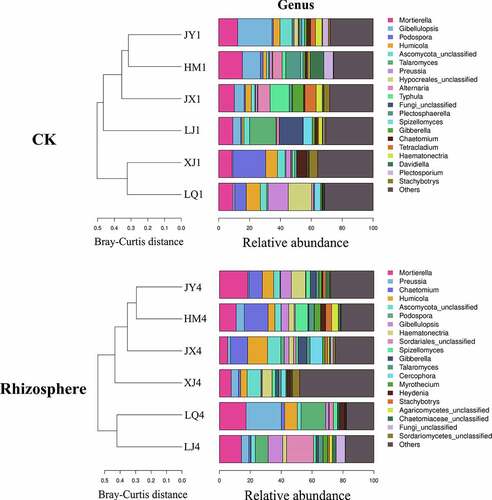
Table 5. Composition of bacteria in soil before cotton planting at the genus level.
Table 6. Composition of bacteria in rhizosphere of diseased plants at the genus level.
Figure 5. Composition of bacteria in soil of different fields at genus level. CK represents the soil sample before cotton planting, and Rhizosphere represent the rhizosphere soil samples of diseased plants with Verticillium wilt.
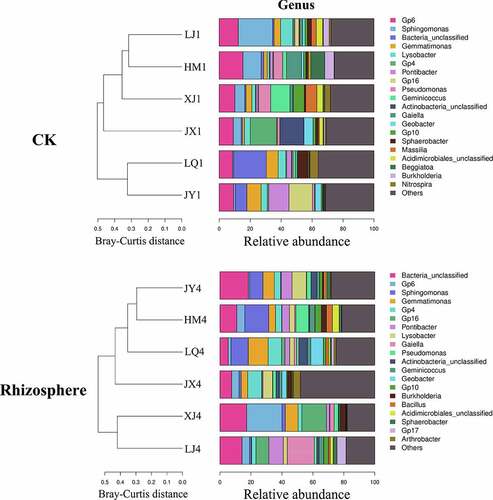
Table 7. Fungi and bacteria with significant differences in abundances in the six fields at the genus level (Top 15).
Table 8. The abundances of beneficial microorganism in the six fields at the genus level.
